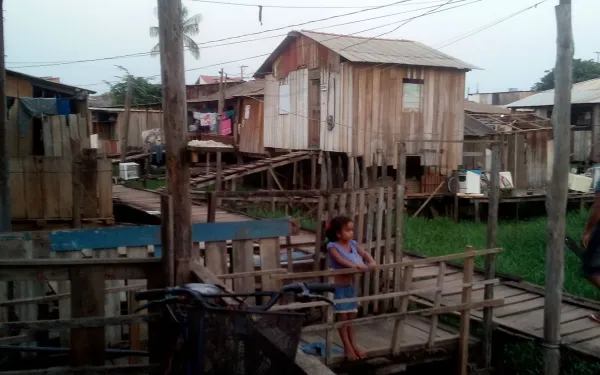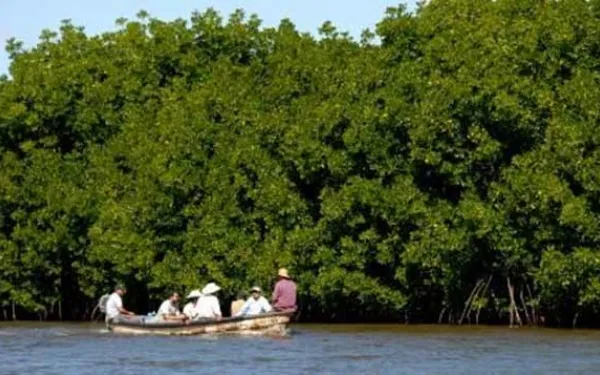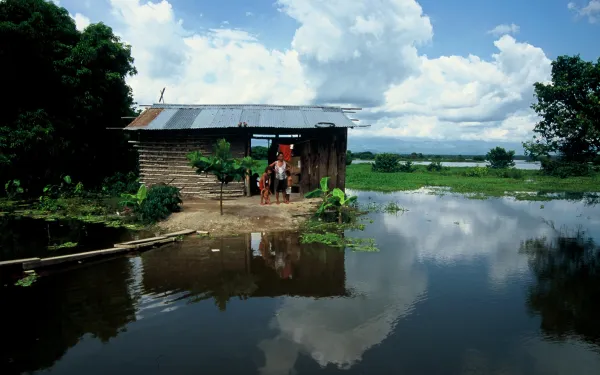Prior consultation: An opportunity for life, respect and diversity
By Héctor Herrera, legal advisor, AIDA, @RJAColombia Colombia’s ethnic groups have decrees and laws that protect their cultural persity, that defend the individual and collective livelihood of these native and traditional peoples and communities. Article 6 of Convention No. 169 of the International Labour Organization (ILO) stipulates that indigenous peoples have the right to prior consultation. That means that they should participate in defining the measures that could have a direct impact on them, whether legislative (such as laws or decrees) or administrative (environmental permits for highways, dams, mines, oil wells, and the like). The negotiations should be carried out in good faith and with the goal of reaching agreements on all sides. This has become very important in Colombia, a multiethnic, multicultural, and diverse country. According to the Luis Ángel Arango Library, 65 indigenous languages in 12 language families are spoken in Colombia, of which 34 have less than one thousand speakers. Traditional Afro groups speak two different Creole languages. Yet all of these languages are in danger. Colombia also is extremely diverse in biological species globally, ranking first in birds, second in amphibians and butterflies, third in reptiles, and fourth in mammals, according to the Humboldt Institute. Colombian newspaper El Espectador reported 2011 data showing that 10% of all biodiversity is found on 1% of the planet’s surface. In Columbia, 29.8% of this is collective indigenous territory and 5% is collective traditional Afro territory. Understanding this, prior consultation emerges as an opportunity to protect the cultural and ethnic persity of Colombia and defend the inpidual and collective livelihood of the many native and traditional peoples and communities. It is, too, an opportunity to protect the ecosystems that these ethnic groups inhabit as well as to protect life in all its forms. This does not mean forcing anybody to adopt a conservation, extractive, or development model. It simply means making sure that an effective space is provided for clear, honest, and intercultural dialogue with ethnic groups on measures that could affect them, whether legislative or administrative measures or national laws or extractive mining projects. This is completely in line with the stipulations of Article 6 of Convention No. 169 of the ILO . This right has also been recognized in numerous national and international legal documents. On the international level, we have the United Nations Declaration on the Rights of Indigenous Peoples, adopted in 2007 (PDF file). In Colombia, we have the Political Constitution, which protects the rights of ethnic groups to their collective territory and the rights of all of society to a healthy environment. With the backing of international legal documents and the Political Constitution, the Constitutional Court of Colombia upheld the right to prior consultation for the “Embera indigenous people” in relation to the construction of the Urrá dam in 1998 and for Amazon indigenous peoples on the fumigation of illegal crops in 2003. In other cases, the High Court declared unconstitutional the National Development Plan of 2006-2010, the forestry law of 2006 and the mining code reform of 2010 because the proponents had not consulted with ethnic groups. There are yet more cases outside Colombia, such as Bolivia with the Multinational Constitution of 2009 and Ecuador with the Intercultural and Multinational Constitution of 1998, both of which recognize the right to prior consultation. So too Peru, where a law on this right was just passed this year. Culture, language and a view of the world – all of these can live on through time if we respect them and guarantee people’s rights, including the right to prior consultation. The protection of this right could also contribute to the protection of important ecosystems and of biological persity, both of which are vital issues as we face unprecedented climate change and environmental degradation.
Read more


